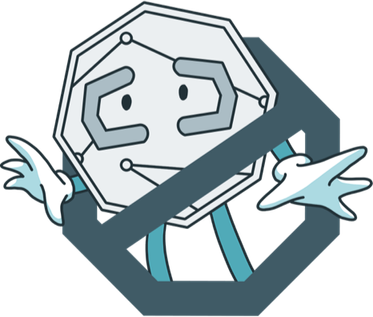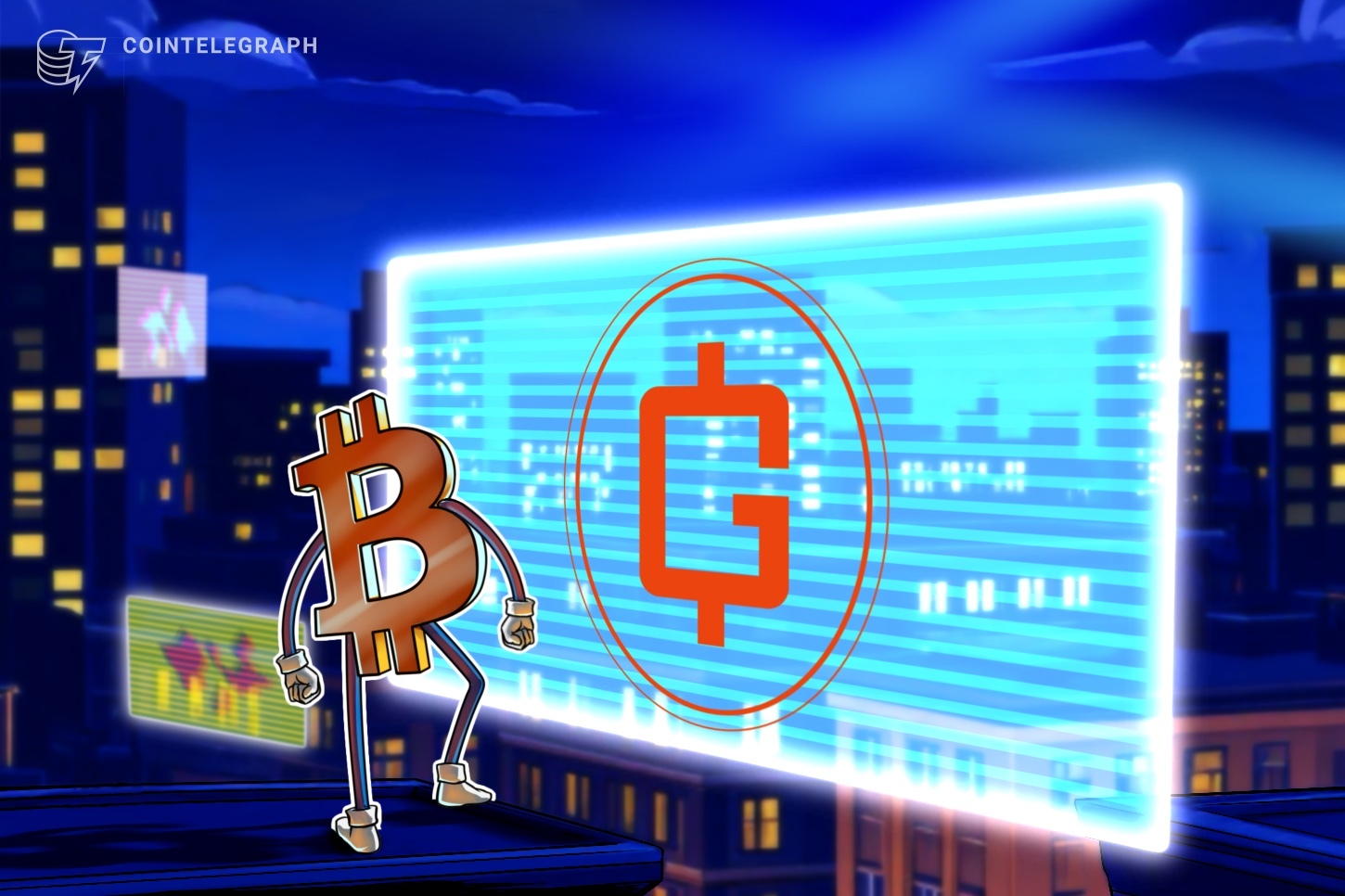Sponsored Content
The cryptocurrency ecosystem is home to a myriad of assets. Yet, transacting between them can be a risky and painful process due to the inefficiencies of traditional crosschain solutions, such as bridges.
Benjamin Whitby, project lead at GVNR, and Cynan Rhodes, chief technology officer, recently joined Cointelegraph in an AMA session to highlight the issues. Whitby said, “Bridges are a knee-jerk solution for moving assets around. They end up being incredibly fragile and loaded with substantial volumes of assets, which brings systemic risks to the underlying ecosystem. So we do away with that.“
Bitcoin DeFi and the crosschain future [Brought to you by @gvnrdao] https://t.co/cvZbdGi2OM
— Cointelegraph (@Cointelegraph) June 13, 2025
Rather than moving assets from one chain to another, GVNR enables programmatic control of assets where they are held. This is achieved through a network of partners, including Lit Protocol, Bancor and Pocket Network, as well as a combination of technologies, such as MPC, General Message Passing and RPC.
Rhodes explained the process: “For a user, the initial entry point is a wallet, such as MetaMask. Then, the Lit Protocol fragments private keys into millions of pieces over its network to initiate transactions or trigger smart contracts without handling the keys themselves. When a transaction is made, we use the Pocket Network to provide a unified RPC feed that collects transaction data from all chains.“
It means that, rather than centralizing risk in a single bridge with millions of dollars at stake, GVNR distributes the risk into separate control structures with minimal value. Using General Message Passing enables native control of assets, including Bitcoin.
This approach enables several use cases that David Schneider, the co-creator of Lit Protocol, calls “ideal for a multichain, fully-chain abstracted world.“ One example is JUSTPAY, a checkout solution that allows users to pay invoices across different blockchains with any existing tokens. Another is JustSwap, an aggregation layer for DEXs that lets traders swap tokens across networks and fund new wallets in a single move.
“For JUSTPAY, we’ve partnered with the OrdinalsBot team,“ said Whitby. “It allows value to flow from any of our connected chains directly into Bitcoin. We’ve also done what the original Bitcoin white paper proposed, such as transitioning from mining fees to transaction fees.“
“We’re also enabling Bitcoin DeFi without incurring any taxable events,“ he added. “We do that by transferring control of a Bitcoin address to a smart contract, which can then be loaded with value in the same way that the MakerDAO contract can be loaded with ETH. It can be turned then into a stablecoin that allows you to recognize the value of your Bitcoin without ever selling or giving it to a third-party custodian.“
GVNR incorporates fee abstraction to avoid negatively impacting native token ecosystems. “Every time a fee is charged on a particular chain, we auction that value down with Bancor’s Carbon to convert it into value that we can funnel back into our protocol. It’s important that fees are abstracted in a way that doesn’t negatively impact local chain economies,“ said Whitby.
Whitby described GVNR nodes as “glorified blockchain explorers“ that act as relayers of messages rather than participating in consensus. The system sends out instructions through GVNR to a specific chain, like Bitcoin, where a watcher confirms the action occurred. Once verified, it triggers the next step. “Removing the need for double-sided contracts found in other General Message Passing frameworks really unlocks Bitcoin,“ Whitby noted.
Based on a deflationary model, the project’s GVNR token functions as a payment method, utility token, gas token and governance token. Its unique tokenomics are supported by activity fees across chains.
At the end of the session, the speakers announced their plans to launch Diamond Hands, a BTC lending product that will allow users to collateralize native Bitcoin and receive loans in assets such as Tether. “It has the potential to unlock enormous value. This will be our first product built entirely on the GVNR stack,“ Rhodes concluded.
Learn more about GVNR


